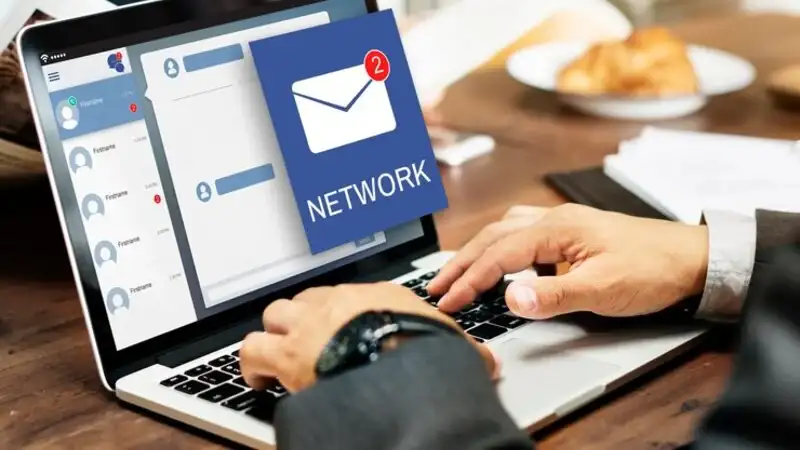An effective email capture strategy is at the heart of successful digital marketing campaigns. With inboxes becoming increasingly crowded, the need to stand out is more important than ever. Personalizing your outreach can be the key differentiator, boosting engagement rates and fostering a more profound connection with your audience. To truly harness the potential of personalization, a well-thought strategy must be executed meticulously. Below, we explore effective email capture best practices that can help businesses elevate their email marketing efforts through personalization.
Understanding Your Audience: Segmentation and Behavioral Data Insights

Alt text: A small business owner learning about email capture best practices to better understand her audience.
Segmentation is the cornerstone of any successful personalization strategy. Distinct audience segments can display varied preferences and behaviors, which can be catered to with different content. Identifying these segments requires a deep dive into analytics, understanding your audience, and recognizing what they care about.
Advanced segmentation strategies can consider demographics, past purchase behavior, and interaction data. For instance, segmenting users based on their purchase history allows for more targeted upsell and cross-sell opportunities. Similarly, segmenting based on engagement can help re-activate dormant subscribers or reward highly active ones.
Behavioral data provides further precision to personalization. It sheds light on subscriber interactions with websites and emails, allowing marketers to pinpoint the content that generates the most interest. Partially completed forms, abandoned shopping carts, and frequently visited pages offer clues into what your audience deems valuable.
Equipped with this insight, marketers can tailor their messaging to match individual behaviors and preferences, ultimately increasing the relevance and effectiveness of their campaigns.
Crafting Customized Content: Tips for Personalized Email Messaging
Content is king, but context is queen. Crafting customized content for email messaging begins with a clear understanding of context—knowing where your subscribers are in their customer journey and what information will be most relevant to them.
Personalized emails might include product recommendations based on previous purchases or browsing behavior, special offers timed around anniversaries or birthdays, or content that addresses a customer’s stage in the sales funnel. Such targeted messaging shows you pay attention to your customer’s interests and desires.
When creating personalized email content, keeping tone and language in mind is important. Segmenting audiences can also guide the tone of voice used in the communication. For example, messages to new subscribers should be welcoming and informative, while communication with long-standing customers should be more familiar and gratitude-focused.
Incorporating interactive elements such as surveys or polls can enhance personalization by engaging subscribers directly and collecting additional data to refine future emails.
Measuring Success: Analyzing the Impact of Personalization on Email Conversion Rates
Measurement and analysis are vital to determine the efficacy of personalization in email campaigns. Keeping a close eye on email conversion rates and engagement metrics can reveal the true impact of personalized messaging on business outcomes.
Tracking tools and analytics platforms give marketers a detailed view of how audience segments react to personalized emails. Metrics such as open rates, click-through rates, and conversion rates indicate the resonance and effectiveness of the content provided.
Assessing qualitative feedback, like customer satisfaction scores and responses, adds another layer to the evaluation. Such insights can guide future personalization efforts and help fine-tune the overall strategy.
It’s important to remember that personalization is not a one-off endeavor; it’s a continuous process of testing, learning, and refining. Regular assessment ensures that email campaigns remain aligned with subscriber preferences and continue to foster positive customer experiences.
Overall, a well-executed email capture strategy that leverages personalization can significantly enhance engagement and conversion rates. By continuously refining your approach based on audience insights and data-driven results, you can maintain a meaningful connection with your subscribers and drive sustained success in your email marketing efforts.
